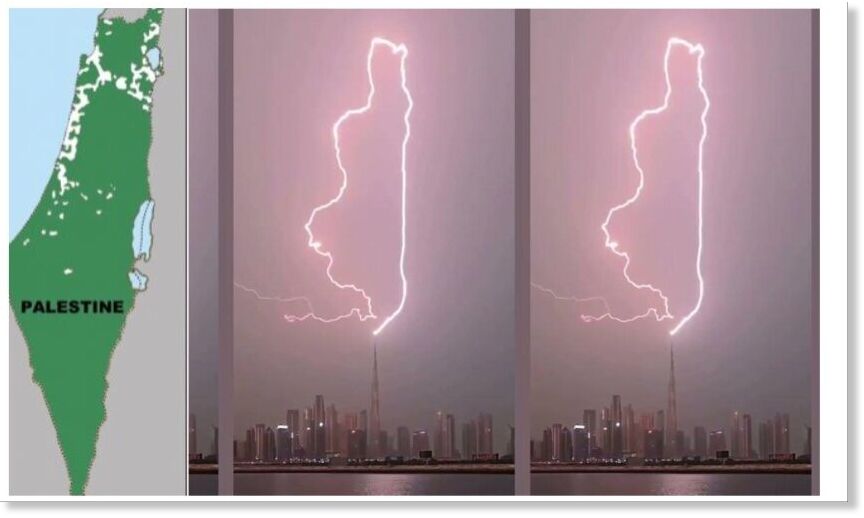OF THE
TIMES
I don't believe that the 'right-left' paradigm will last much longer before one of two things happens: a) there is a civil war, or b) a black swan...
Reminds me of that scene at 58:00 minutes into the [Link] movie Animal House where a serious internal conversation takes place.
The SOTT comment is the truth. The idea that the WHO has backtracked is a falsehood being planted in mainstream and alternative media. It needs to...
Henry Camus wrote many books and short story’s on Algiers, la Peste, The Plague one of the best. Fave reading in high school days, we had...
Dark ages was the zenith Of Irish cultural achievements, the most beautiful books ever created were made in 500 to 750 ad, Book of Kells just one...
To submit an article for publication, see our Submission Guidelines
Reader comments do not necessarily reflect the views of the volunteers, editors, and directors of SOTT.net or the Quantum Future Group.
Some icons on this site were created by: Afterglow, Aha-Soft, AntialiasFactory, artdesigner.lv, Artura, DailyOverview, Everaldo, GraphicsFuel, IconFactory, Iconka, IconShock, Icons-Land, i-love-icons, KDE-look.org, Klukeart, mugenb16, Map Icons Collection, PetshopBoxStudio, VisualPharm, wbeiruti, WebIconset
Powered by PikaJS 🐁 and In·Site
Original content © 2002-2024 by Sott.net/Signs of the Times. See: FAIR USE NOTICE

Reader Comments
Those are just some of the Islamic prophecies to indicate the End Times. The Biblical ones are also being fulfilled, not to mention the Hopi prophecies, as well as countless others.
There are prophecies that indicate that it is not the end of the planet, but the end of society, as well as the current human race... Like the ancient human races of Atlantis & Lemuria were destroyed, so will our current race. Whilst many will throw in the towel and let loose their devils, some will stay faithful to the end... Only God knows who.
God told Mohammed that he was one of the saved and will be pardoned... Nevertheless, Mohammed spent nights in vigil and prayer... His closest companions asked him: "If you are one of the saved, why do you pray all night long?" He responded: "If the Hour comes upon us right now, how else could God save me if I'm not being thankful and praying?"